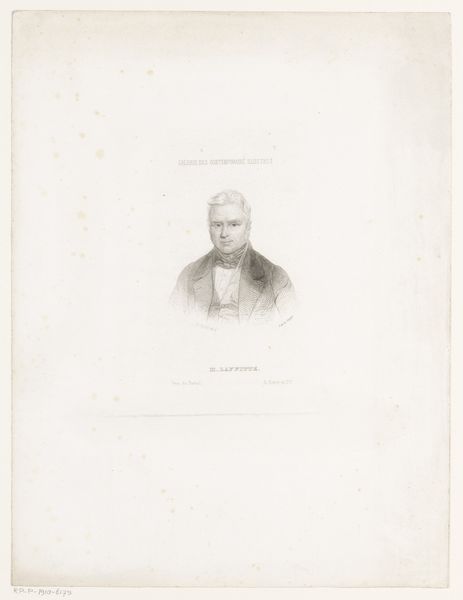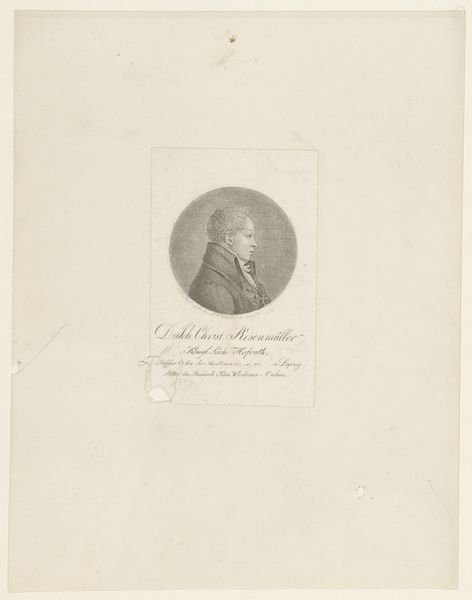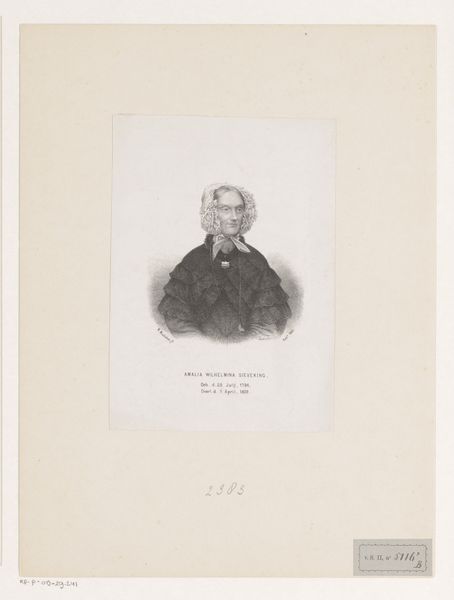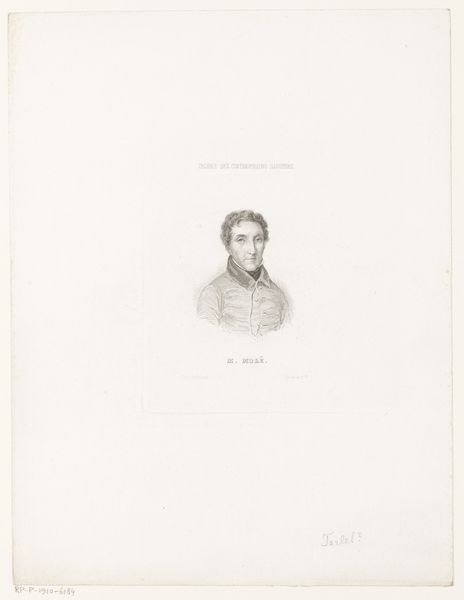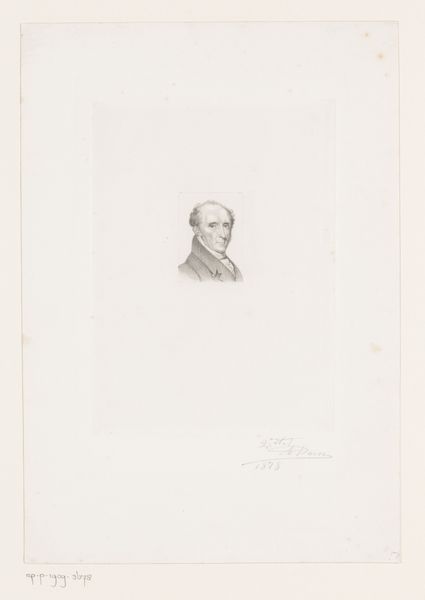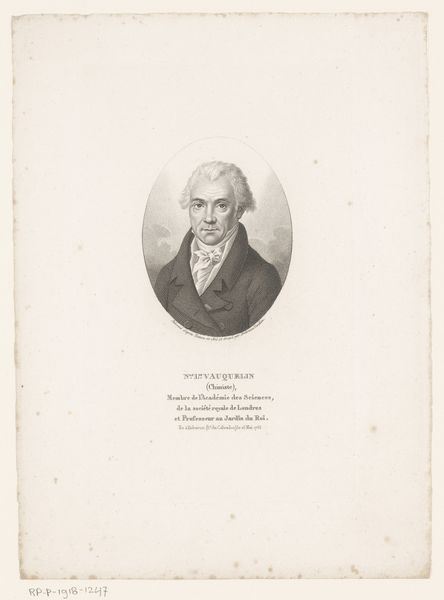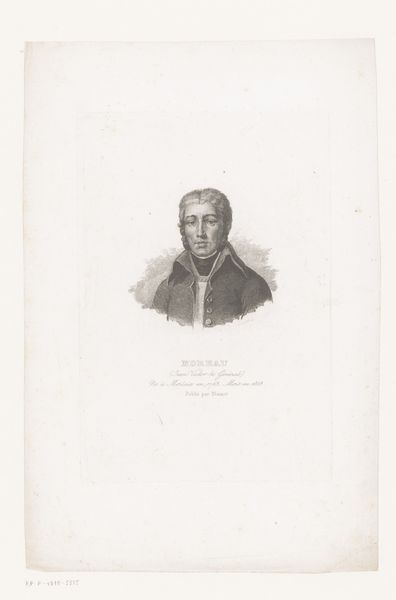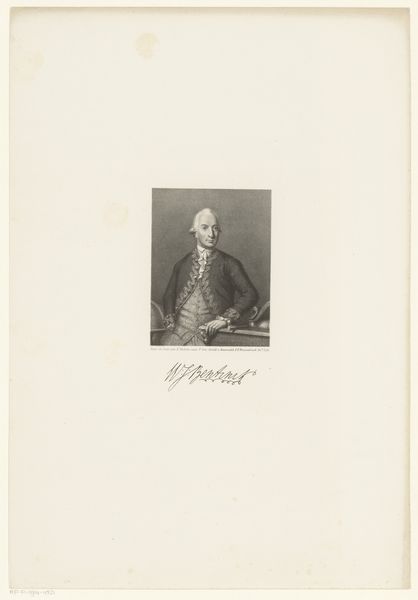
print, engraving
#
portrait
# print
#
pencil sketch
#
pencil drawing
#
romanticism
#
history-painting
#
engraving
Dimensions: height 318 mm, width 244 mm
Copyright: Rijks Museum: Open Domain
Editor: So, this is Adolphe Torlet's "Portret van Arthur Wellesley of Wellington," made in 1843. It’s a print, almost like a pencil sketch in its delicacy. The portrait feels very formal, almost austere. What strikes you about it? Curator: Beyond the immediate formality, I see a portrait steeped in the narratives of power and colonialism. Wellesley, or the Duke of Wellington, was a key figure in the British Empire, particularly known for his role in the Napoleonic Wars and, crucially, in British India. Considering this through a postcolonial lens, how do we grapple with celebrating figures whose legacies are deeply entwined with oppression and exploitation? Editor: That's a really important point. I hadn’t thought about the implications of celebrating someone connected to colonial power in this way. How does Torlet’s artistic choice to portray him so formally play into that narrative? Curator: The formality reinforces the power dynamics of the time. Think about the function of portraiture during that era – it was about solidifying status and projecting authority. The very act of creating and displaying this image served to legitimize Wellington's place in the historical narrative, often overshadowing the human cost of his actions and British imperialism. What questions does this raise for you about the role of art in perpetuating certain historical viewpoints? Editor: It makes me wonder whose stories are missing when we only see these kinds of official portraits. It seems important to challenge the traditional, often one-sided, view of history these artworks can present. Curator: Exactly. Recognizing the biases inherent in historical artworks, understanding their cultural context, and inviting multiple perspectives, including marginalized voices, becomes crucial for responsible engagement. Editor: I will never see these historical portraits the same way again. Curator: It is a necessary shift. Understanding power structures is part of understanding art's role within society.
Comments
No comments
Be the first to comment and join the conversation on the ultimate creative platform.
